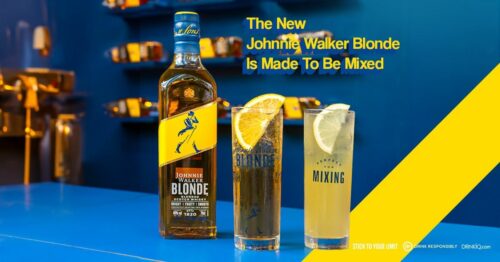Body acceptance: dismantling toxic positivity and body-shaming
“Love the skin you’re in” is one of today’s most viral online mantras. For years, the body positivity movement has flooded Instagram feeds and Facebook timelines with no evidence of slowing. You'll encounter self-love influencers in a single thumb scroll, reels chock-full of Daily Workouts for the Young Busybody and the all-new body-embracing Victoria’s Secret campaigns.
Yet, despite thousands of brands hopping on the Body Bandwagon and access to therapists becoming more commonplace, instances of body dysmorphia and weight-related diseases seem to be on the rise.
If the body positivity movement isn’t achieving what it wants, what is standing in its way?
RELATED: Advocating for Body Positivity Is Easy but Living It out Is Hard
A look back on the Body Positivity Movement
To better understand the body positivity movement’s place in today’s digital landscape, it’s essential to look back at its roots.
Engineer Bill Fabrey is often credited as the godfather of the Fat Rights Movement as he erected the National Association to Aid Fat Americans (NAAFA) in 1969. Inspired by this novel community, other rights movements began to spawn across America. In 1973, the Fat Underground published the Fat Manifesto, demanding “equal rights for fat people in all areas of life.”
Considering that slim, tanned bodies were the ideal in the late ‘60s and early ‘70s, the Fat Manifesto achieved a groundbreaking first step into fat activism. By the 1980s, fat liberation spread like wildfire, ebbing into international waters for the first time. However, the movement remained largely unnamed until the birth of Facebook and hashtags in the 2000s.
Today, Fat Visibility is the modern brand of activism, backed by celebrities like Lizzo, Mindy Kaling and Demi Lovato.
RELATED: 6 Personalities Open Up on Body Image and Social Media Pressure; Here’s What We Can Learn From Them
Is today’s Body Positivity Movement becoming toxic?
Body positivity has proven itself more than just a trend—it’s a lifestyle. However, as with most things that occur in excess, the movement has incurred controversy, specifically in its “toxic” approach to marginalized bodies and romanticization of extremes.
Social media has dictated that we should feel good about ourselves no matter what, ignoring essential aspects of self-care like weight management, diets that are not overly restrictive and the ability to seek help.
Today’s body positivity movement prioritizes lifestyles that allow for ample exercise, a perfectly-curated diet, lots of water and meditative practices or self-talk. Because such resources are highly accessible in today’s digital age, many assume that people who don’t access them don’t want to. In that case, the body positivity is a snake biting its tail—once again marginalizing the bodies it once tried so hard to accept.
In the same thread, it glorifies the obesity epidemic, relating words like “brave,” “proud” and “unapologetically themselves” to influencers who force acceptance of these extreme body types regardless of the consequences.
As the saying goes, ignorance is bliss, but not when you’re unable to break the social pressures of looking and feeling a certain way.
Body Neutrality and addressing personal anti-fat biases
It’s clear that today’s body-positive mindsets fall strikingly short of what they want to achieve. Instead of encouraging participants to develop the necessary foundations for self-love, it reinforces ideas shaped by societal beauty norms.
To get perspective, we spoke to Sabina Yulo (28), an entrepreneurship master's graduate and founder of the body acceptance community Hi Smithy!. Hi Smithy! aims to dismantle toxic beauty standards and diet culture while promoting value beyond one’s physical appearance.
In the way that “wounded healers” provide exceptional insight into their field, Sabina credits her ability to challenge societal norms by recognizing her own thin privilege and personal biases.
Sabina reveals, “I’m at the level of conditional body acceptance, meaning I can only accept my body when it’s as close to the conventionally standard definition of thin and beautiful. So it’s left me thinking, how can I preach to other women to love their bodies the way they are if I can only celebrate certain versions of my own?”
By gunning for body neutrality and privilege recognition, we can de-center beauty and instead focus on celebrating each person’s unique attributes.
Ultimately, the goal is balance. While it’s universally accepted that being constantly critical of your body is unhealthy, we, too, need to stray from the obsession with a blindly positive outlook. The constant need to do better and feel better can quickly become oppressive and remove our ability to be compassionate towards ourselves.
According to Sabina, getting to know your body enables us to “recognize that [your] body acceptance or intuitive eating journey is not the same as…people in bigger bodies.”
The bottom line
In the end, like most phenomena, body positivity is imperfect, reflecting our reality. While we can strive to create better environments for our bodies, the struggles we encounter are valid.
With communities like Hi Smithy! to remind us that our bodies are not to blame, perhaps the collective desire to be healthy and happy is taking on a more promising direction.
Words Zoë Isabela Alcazaren
Art Matthew Ian Fetalver


















